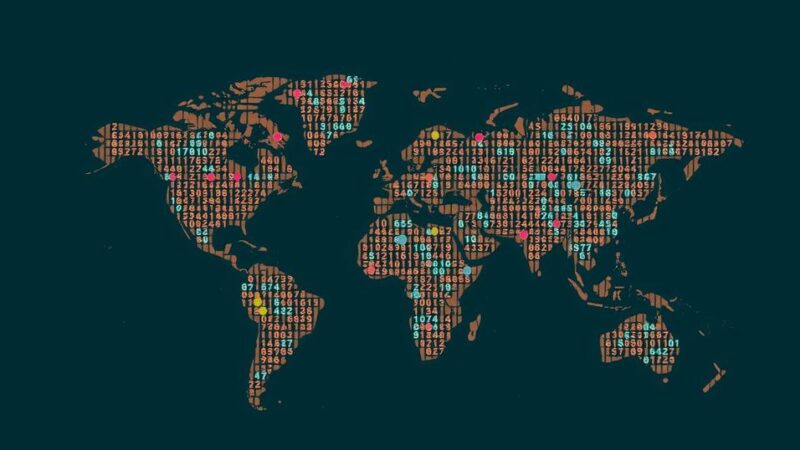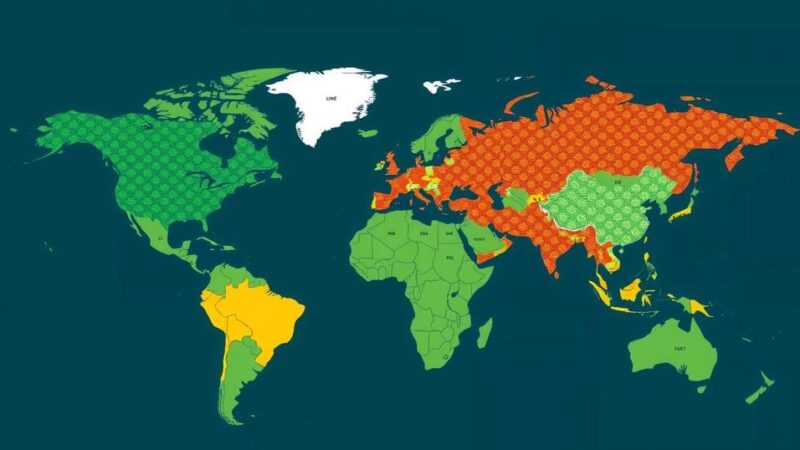A 6.8 magnitude earthquake struck eastern Cuba on November 10, causing substantial shaking in Santiago de Cuba. No casualties have been reported, but some damage occurred near the epicenter in Pilon. The tremor followed recent hurricanes that left millions without power, highlighting the region’s vulnerability to natural disasters.
On November 10, a powerful 6.8 magnitude earthquake struck eastern Cuba, particularly impacting the Granma province near Bartolome Maso. Residents in Santiago de Cuba reported significant shaking, yet despite the intensity of the quake, there have been no reports of casualties. The earthquake occurred at a depth of approximately 14 kilometers, with some structural damages noted near the epicenter in Pilon. Fortunately, areas such as Havana remained unaffected, and the US National Tsunami Warning Center indicated that no tsunami threat was present following the incident.
Cuba is situated along a tectonically active region, with frequent seismic activity primarily around Santiago de Cuba. On top of this, the eastern part of the island had already suffered the impacts of recent hurricanes, including Hurricane Oscar and Hurricane Rafael, which caused widespread destruction and left approximately 10 million citizens without electricity. The structural vulnerability of buildings throughout the region, particularly older constructions, raises concerns about the potential for damage during seismic events.
In conclusion, the 6.8 magnitude earthquake that recently occurred in eastern Cuba further complicates the ongoing recovery efforts from previous hurricanes that devastated the region. While significant damage was reported, especially near the epicenter, there were fortunately no casualties. The incident underscores the need for infrastructure improvements in earthquake-prone areas, especially considering the challenges presented by additional natural disasters.
Original Source: jang.com.pk






